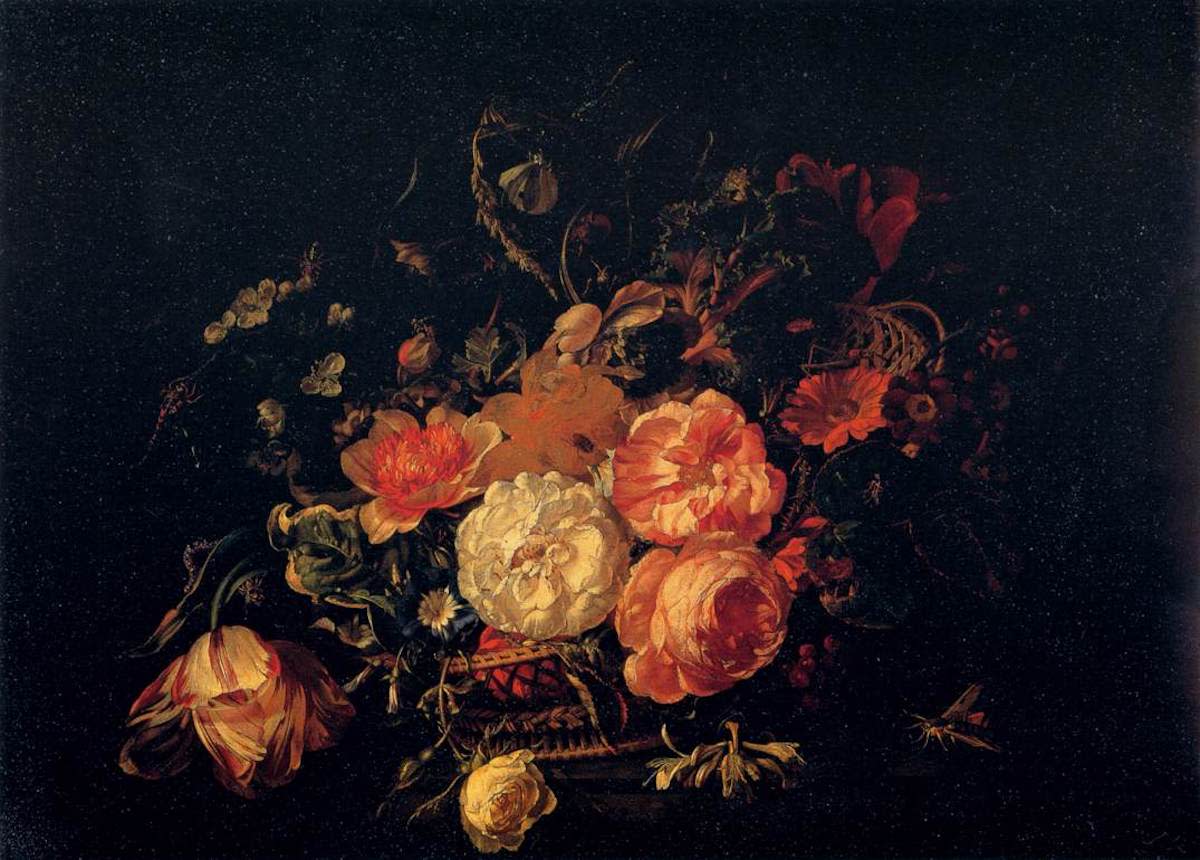Tenebrism in Art Explained: 4 Examples of Tenebrist Paintings
Written by MasterClass
Last updated: Jun 7, 2021 • 2 min read
Tenebrism is a dramatic painting style associated with seventeenth-century Italian and Spanish visual art.
Learn From the Best
What Is Tenebrism?
Tenebrism is a style of painting that creates a spotlight effect by surrounding well-illuminated subjects with plunging darkness. Closely related to the chiaroscuro painting technique—which is built on similarly bold contrasts of light and dark—tenebrism frequently appears in Spanish and Italian baroque paintings.
The term "tenebrism" comes from the Italian tenebroso, which translates to "dark" or "gloomy." The definition of tenebrism varies among art historians. Some use it as a near-synonym for chiaroscuro, while others ascribe it to the spotlight effect of a single subject bathed in light.
A Brief History of Tenebrism in Art
Tenebrism had a brief but impactful effect on the baroque style of painting.
- Caravaggio’s invention: Art historians credit the Italian painter Caravaggio with introducing the painting technique. Working from Rome in the late sixteenth century and early seventeenth century, Caravaggio was a pioneer of the chiaroscuro technique that contrasts light and dark. By using similar techniques for dramatic illumination, he helped create tenebrism as it is commonly understood today.
- Spread of tenebrism: As the tenebrism technique spread through seventeenth-century Europe, it gained particular favor with fine art painters in Spain—including Jusepe de Ribera and Francisco Ribalta. It also inspired painters who worked in the "candlelight tradition," where all light on the canvas emanates from a single candle. Painters in this style include the Dutch painters Rembrandt van Rijn, Godfried Schalcken, and Gerrit van Honthorst and the French painters Georges de la Tour and Trophime Bigot.
- Baroque peak: Tenebrism peaked in the Baroque era and did not sustain into other eras of art history. The similar chiaroscuro technique, however, remained popular in various genres from neoclassicism to romanticism.
4 Examples of Tenebrism in Paintings
Striking examples of tenebrism and the three-dimensionality it produces can be found in several works of art.
- 1. David with the Head of Goliath by Caravaggio (1610): This painting, now in the Galleria Borghese in Rome, Italy, shows the biblical hero David triumphantly holding the severed head of his nemesis Goliath. Inky blackness cloaks the subjects.
- 2. The Inspiration of Saint Matthew by Caravaggio (1600): This painting, where Matthew is visited by an angel, is one of three in the San Luigi dei Francesi in Rome that depict the saint’s life.
- 3. Two Women at a Window by Bartolomé Esteban Murillo (1655–1660): Blackness frames two women leaning out a window in this work that is now housed in the National Gallery of Art in Washington, DC.
- 4. Basket of Flowers by Rachel Ruysch (1711): This still life drapes cream-tinted flowers with a starkly dark background. It hangs at the Uffizi Gallery in Florence, Italy.
Ready to Tap Into Your Artistic Abilities?
Grab the MasterClass Annual Membership and plumb the depths of your creativity with the help of modern artist Jeff Koons, abstract artist Futura, and stage designer Es Devlin. Our exclusive video lessons will teach you to do things like utilize color and scale, explore the beauty in everyday objects, and so much more.
